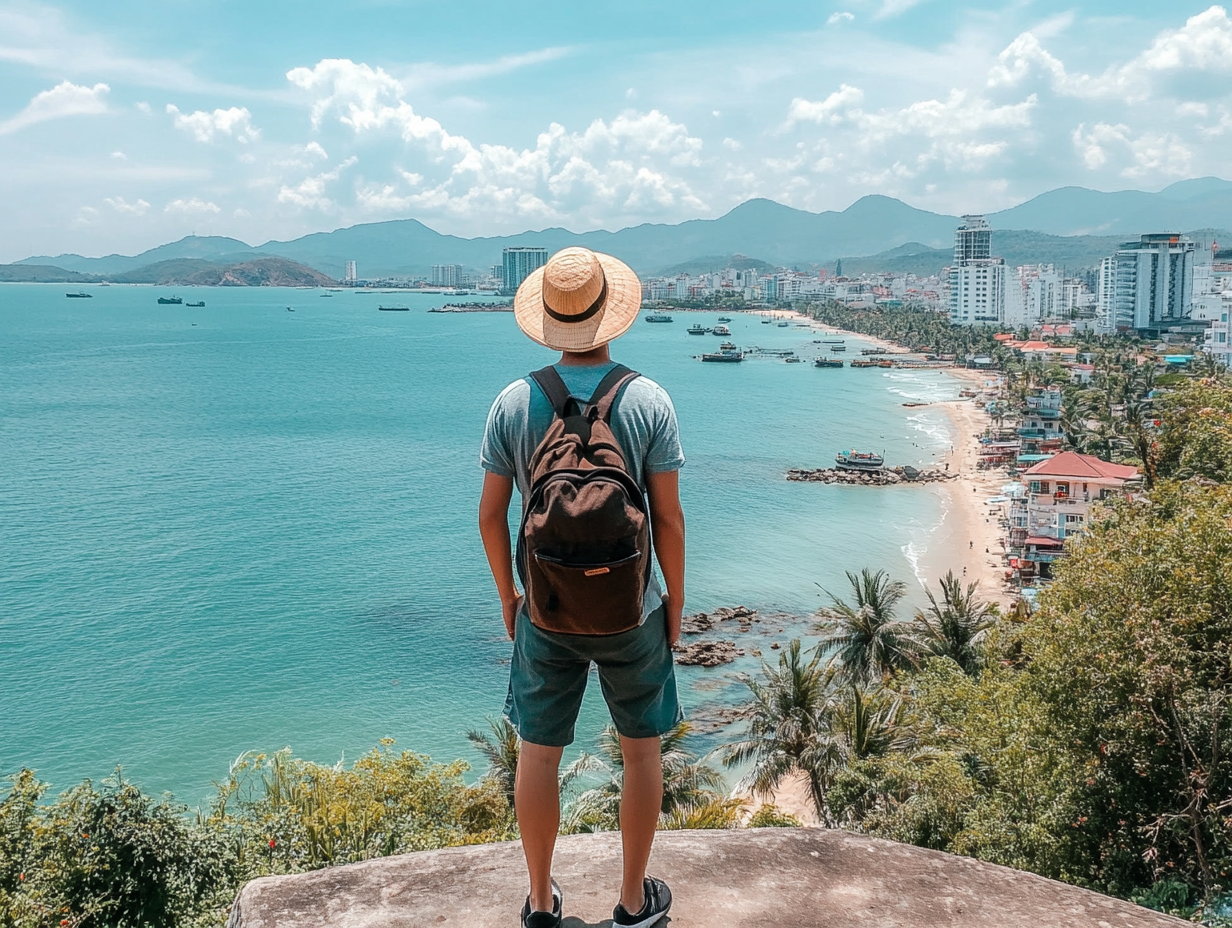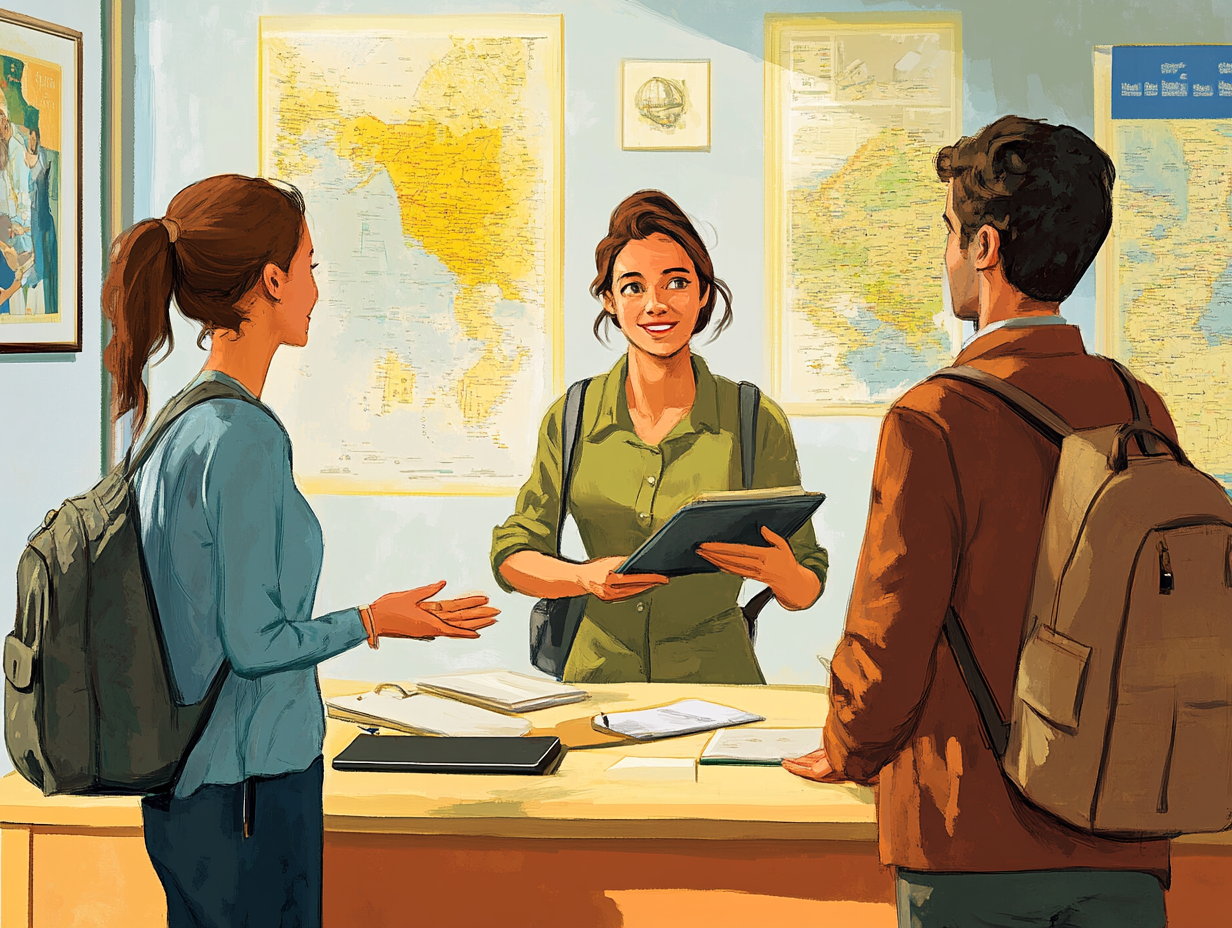From skiing the snowy mountains of Hokkaido in winter to witnessing the cherry blossoms bloom in spring, there are plenty of renowned seasonal activities in Japan that attract visitors from around the world. But while peak season will depend on which part of the country you are visiting and what for, travelling outside the busy period can give you a chance to see an alternative and often more authentic side to Japan’s vast and varied regions.
Avoiding the crowds and often with the added benefit of cheaper accommodation rates, here are a few off-season highlights around Japan to consider for your next trip.
Kansai
A popular place to visit in the sakura (cherry blossom) season; see the wintry side of this region which includes Hyogo, Kyoto, Nara, Osaka, Shiga, and Wakayama Prefectures. Sometimes dusted with a light layer of snow, winter is a great time to visit Kansai to admire another side of its natural beauty and cultural offerings.
There are multiple festivals taking place throughout winter in Kansai to celebrate the season including the spectacular Wakakusa Yamayaki festival in Nara Prefecture which typically features fireworks and carefully planned fires on the side of the mountain and is held in late January, and the Toka Ebisu Festival in Osaka Prefecture – a lively event where people give offerings to Ebisu, the god of wealth, and watch the processions.
For an alternative to cherry blossoms, February can be an ideal time to see the flowering of ume (Japanese plum trees). During this time, their intense pink flowers become a prominent feature of parks and temples around Kansai. If you’re in Kansai during the colder months, visit Yunohana Onsen – a quiet onsen (hot spring) retreat in Kameoka with easy access from central Kyoto. With more than a dozen temples and shrines in a small area, the village is surrounded by sightseeing spots including Myoshoji Temple, Mt Asahi, Jinzoji Temple, Anaoji Temple and Hiedano Shrine.
Okinawa
Located in the tropics approximately 640 kilometres south of mainland Japan and easily accessible from Tokyo and Osaka, Okinawa in spring has all the trappings of the perfect escape just as the beaches open and before the summer holidaymakers arrive. Made up of more than 160 islands surrounded by clear turquoise waters, Okinawa at this time of year offers warm days and less balmy nights making spring a more comfortable and less busy time to visit, while summer activities are in full swing.
Futamigaura Beach on Izena Island is a highlight being only a 55-minute ferry from Okinawa Main Island promising blue sea scapes, and views of nearby Yanaha Island.
Okinawa in spring is also known for its events such as the hari boat races, lily blooms on Ie Island, and nighttime firefly spectaculars on Kume Island.
Nagano
While Nagano is known for its many ski resorts and cosy accommodations in winter, this mountainous region of Japan is a playground for outdoor adventurers and nature lovers in the spring and summer months with glamping in the wilderness a popular activity. Private cabins and luxuriously appointed tents can be found nestled in the forest and on mountainsides including the Private Woods Nada experience – boasting a sauna and open-air bath – Glamprook, Field Suite Hakuba, and Mokki.
Nagano is also well worth visiting in Autumn before the snow falls and the peak-season skiers arrive. At this time of year, some of the many ropeways designed for winter sports offer the perfect place to witness the colours of autumn foliage cascading down the mountainsides. Around mid to late October, Hakuba Mountain Harbor high in Hakuba Valley is a great place to witness Hakuba’s famous three-tiered autumn scenery of white snow, red leaves, and green forest.
You’ll also discover ancient trails and towns nestled in Nagano’s mountains, untouched by the passage of time. The Nakasendo Trail connecting Tokyo and Kyoto, walked by travellers and merchants during the Edo period, is still shrouded in forest along with many of the towns that supported it. From early October to early November, colourful decorations, such as freshly harvested persimmons, are hung outside local inns and shops.
Hokkaido
Being the most sparsely populated island in Japan, the spring and summer months in Hokkaido open the door to incredible nature experiences and outdoor adventure activities. Usually covered with snow during the winter, Hokkaido springs to life with native wildlife and colourful vegetation, while its milder temperatures and less humid conditions make the destination a great place to explore on foot, by bike, or even as part of a road trip.
There are six national parks in Hokkaido where you’ll find spectacular scenes including the lakes and “underwater Grand Canyon” at Shikotsu-Toya National Park, the jagged cliffs and waterfalls in the Shiretoko National Park, and the mud pools and volcanoes at Akan-Mashu National Park.
The Daisetsuzan National Park is regarded as one of the country’s best locations for hikers who’ll discover volcanic trails, views over stunning gorges and public hot springs to relax in at Sounkyo Onsen. You might also visit Shiretoko National Park which sits on a peninsula on the island’s easternmost portion Shiretoko Peninsula was registered as a UNESCO World Heritage Site in 2005 for its flora and fauna.
Agriculture is one of Hokkaido’s main economic pillars, making fresh produce one of Hokkaido’s star attractions. Sea urchins, or uni, are a Hokkaido favourite. Those harvested from June to August, especially from Rishiri, Rebun, and Shakotan, are a seasonal must.



